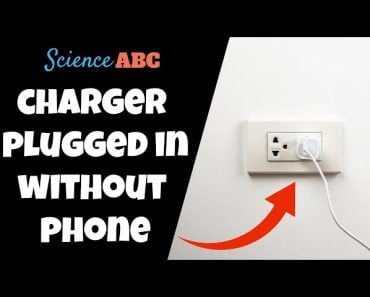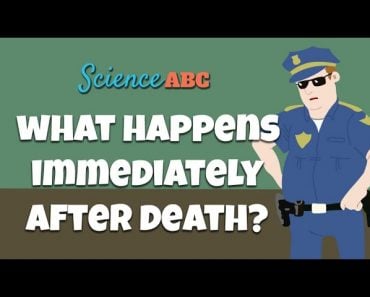Table of Contents (click to expand)
In a nutshell, a defibrillator is a machine that helps to reset a patient’s heartbeat when it becomes erratic. It does this by passing an electric current through the patient’s body. Doctors always shout “Clear!” before using a defibrillator in order to warn anyone else in the room that they may get shocked as well.
Before we get started, watch this scene from the movie Spiderman 3.
Towards the end of the scene, you see that Harry (a friend of Peter Parker, aka Spiderman) is laid on the operating table in a hospital room. The doctor rubs a pair of paddles together, shouts ‘Clear!’ and the doctor zaps him with the paddles.
You may have seen those zapping paddles in many movies or television shows where someone is being brought back from the dead by zapping them with an electric current. Out of everyone who has seen that device being used in movies and TV shows, I wager that more than 70% of the people don’t know what the machine actually does.
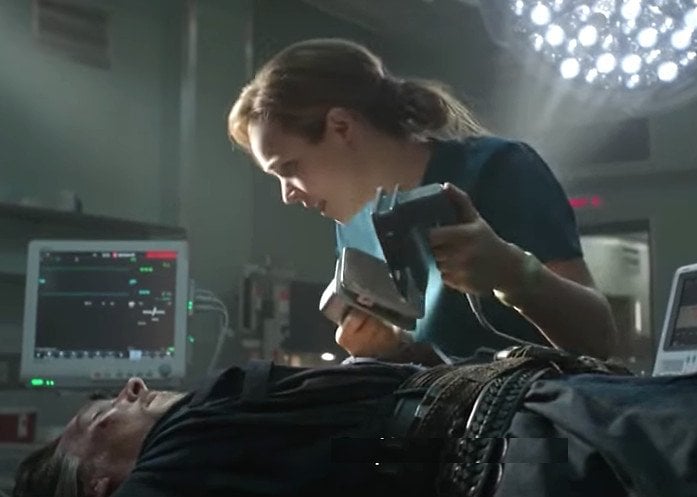
Many would simply say that the device restarts a patient’s heart (which may have stopped beating due to some injury or trauma), thereby bringing the patient back from the dead. This is what popular culture leads you to believe, but I have news for you…. that’s not what those devices – known as defibrillators – actually do.
Recommended Video for you:
What Is Defibrillation?
The human heart relies on small electric currents to contract and pump blood out into the arteries. Have you ever seen an electrocardiogram (ECG) report? It basically measures the electric currents passing through your heart.
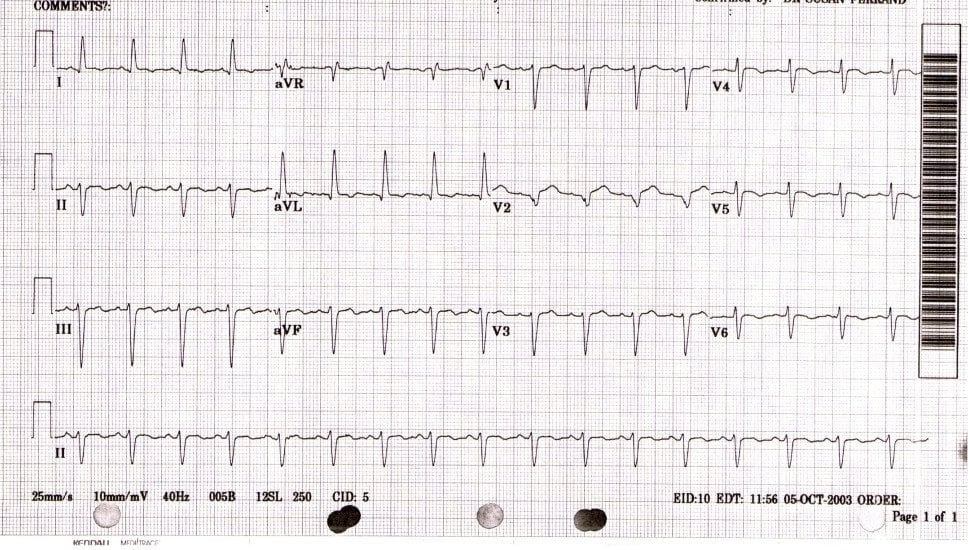
However, when those electric currents go haywire, so does the pumping action of the heart. As a result, the heartbeats become erratic or irregular. This is when a technique called defibrillation is used.
In other words, defibrillation is a treatment for a life-threatening condition when the heartbeat becomes irregular – either too slow or too fast (these conditions are called heart arrhythmia). Two common conditions when defibrillation is commonly needed/used include ventricular fibrillation (VF) and non-perfusing ventricular tachycardia (VT).

Defibrillation is carried out with the help of a device called a defibrillator.
Defibrillator
A defibrillator is a machine that delivers a controlled amount of electric current (called ‘countershock’ in medical lingo) to the heart. A defibrillator is used when the heartbeat of the patient is erratic, or out of rhythm, if you will.
When a person suffers from cardiac arrest, there are a number of things that could potentially be happening to their heart: they could have a rapid heart rhythm (tachycardia), a disorganized electrical rhythm that doesn’t allow heart muscles to contract (fibrillation), or they could have no electrical current passing through their heart (asystole). In some of these situations, a defibrillator can be used to help the patient.

How Do Defibrillators Work?
The paddles/stickers of a defibrillator, when attached to a patient’s body, pass a limited amount of electric current and depolarize a large amount of the heart muscle, which subsequently ends the dysrhythmia. In simple terms, a defibrillator stops the heart altogether, contrary to the popular belief that it restarts the heart.
Defibrillators come in a few types, including a manual external defibrillator (these require the expertise of a medical professional), manual internal defibrillator (mostly used in the operating room), automatic external defibrillator or AED (most commonly seen in movies, and can be used by an inexperienced person) and implantable cardioverter-defibrillator.
All versions of defibrillators usually consist of two paddles or stickers that are placed on the patient’s body in a very specific position in order to pass the desired amount of current through the patient’s heart.
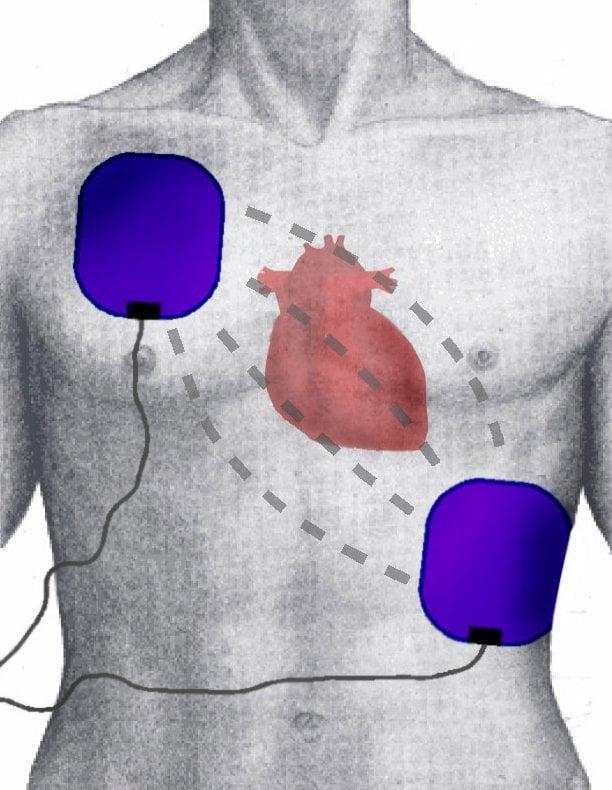
All in all, a defibrillator doesn’t revive a patient by restarting the heart; in fact, it stops the heart completely, thereby ‘resetting’ the heartbeat in a way. The heart then resumes its beating fresh, this time following a rhythmic pattern, provided that everything goes alright.
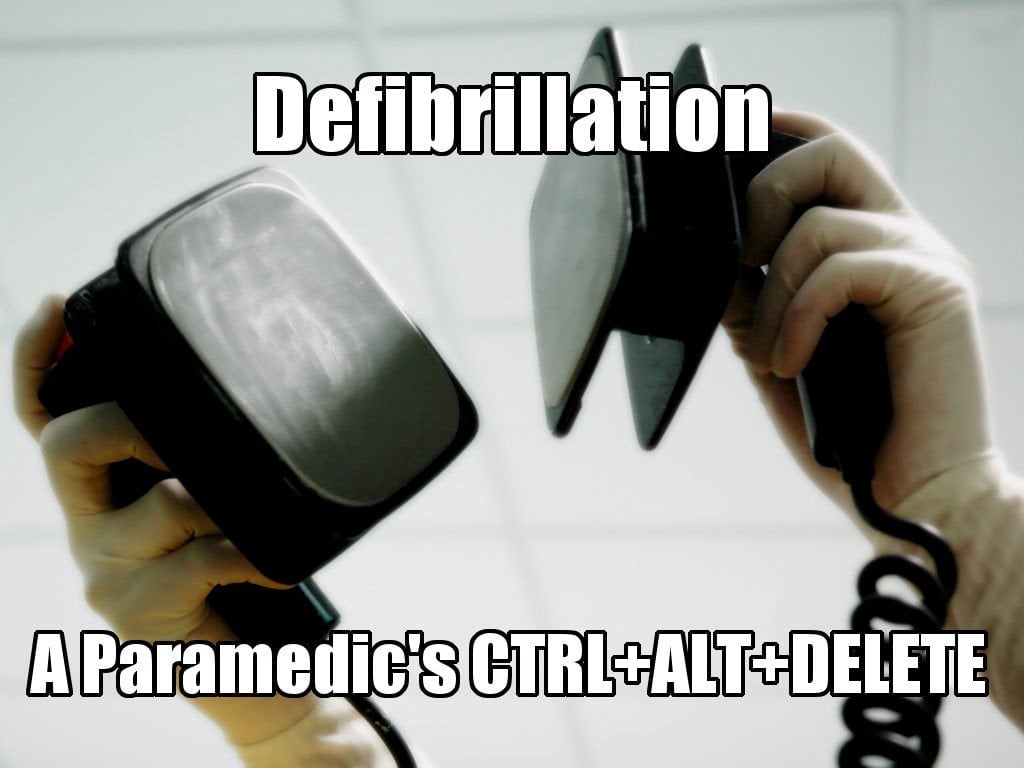
Why Do Doctors Say ‘Clear!’ Before Using A Defibrillator?
Doctors always loudly say ‘Clear!’ before placing the paddles on the patient’s body and passing an electric current through it. Why?
This is because defibrillators pass an electric current through the patient’s body. Thus, if anyone else is touching or has any sort of physical contact with the patient at the time when the doctor administers the shock, they may also get shocked. That’s why a doctor yells ‘Clear!’ just before administering the shock to the patient, so that anyone touching the patient knows to ‘clear away’.
References (click to expand)
- Danger from unneeded defibrillation? - Harvard Health. Harvard University
- Clinical Research DirectorCenter for Resuscitation ScienceDepartment of Emergency MedicineUniversity of Pennsylvania - www.med.upenn.edu
- MyHeartMap Challenge: AED Education. The Perelman School of Medicine
- Claude Beck, defibrillation and CPR - Dittrick Medical History Center - artsci.case.edu:443
- Dosdall, D. J., Fast, V. G., & Ideker, R. E. (2010, July 1). Mechanisms of Defibrillation. Annual Review of Biomedical Engineering. Annual Reviews.








